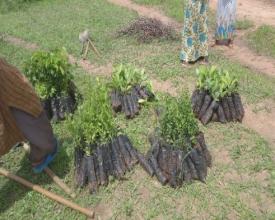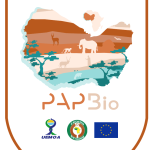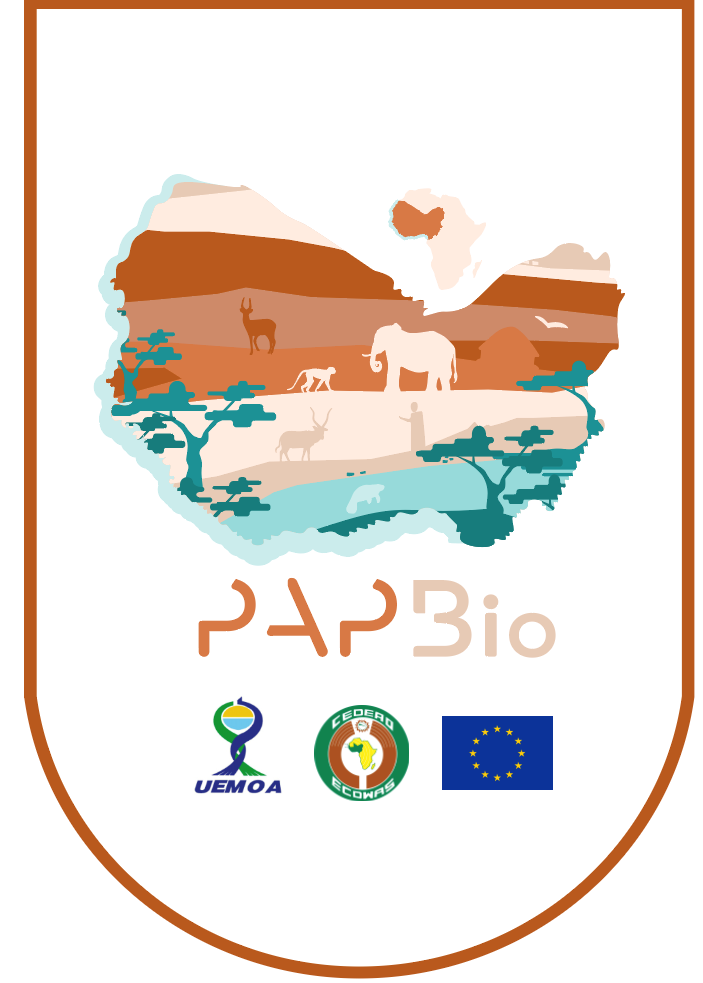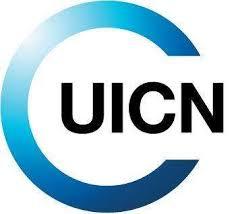
Capacity-building project to control land degradation and promote land use in degraded areas (CODEVAL)
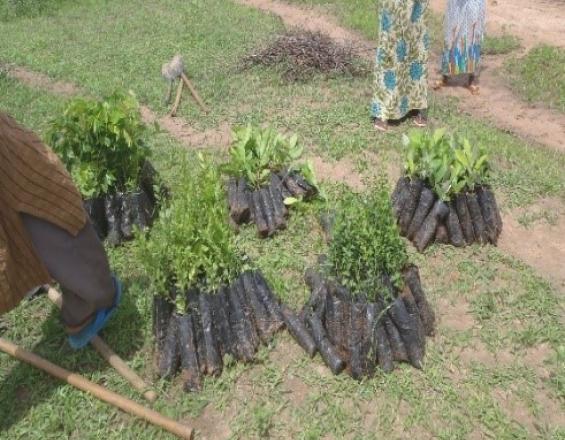
This solution was developed as part of the CODEVAL project, which aims to implement activities to control land degradation and promote land development.
Through an operational approach, it was a question of applying to the municipality for a community landowner's right space, in particular the allocation of land with the aim of designing a set-aside for the rational and sustainable management of natural resources.
Before the advent of the CODEVAL Project in 2012, excessive and abusive exploitation of natural resources was observed, such as abusive cutting of herbaceous and woody species, bush fires, poor grazing management, deforestation, carbonization, hunting, drought, water and wind erosion, land clearing and overexploitation of firewood.
Impacts
The factors that have contributed to this change are village assemblies on the importance of setting up a set-aside area, the involvement of local people and participatory planning during the implementation of actions, capacity-building for local people on the control and enhancement of degraded land, and the establishment of customary rules for transparent and rigorous management of the set-aside area.
- The village general assemblies have significantly reduced the degradation of the fenced-in areas;
- Capacity-building on a variety of themes has provided the community with in-depth knowledge and skills in sustainable solutions to natural resource degradation;
- Rational, rotational and periodic exploitation of the forest resources of the set-aside area under the control of water and forestry agents has been observed.

